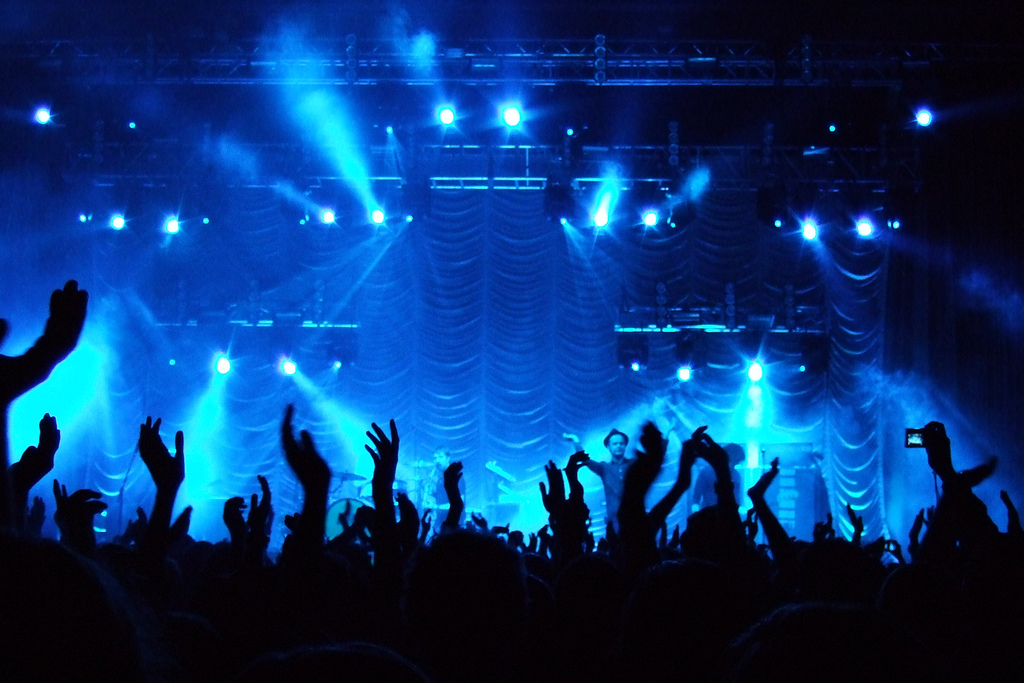Did you know, the one fertilised egg cell we begin life as goes on to form around 100 trillion cells, producing people like you and me? That’s a lot of cells.
Things get even more interesting when you think about how many types of cell are made, from motor neurons over a metre long to liver cells that detoxify the alcohol you were drinking over refreshers week.
The next question, which a whole scientific discipline is dedicated to investigating: how is one cell co-ordinated to go on and form our whole bodies?
Over a series of three articles I’m going to try and explore the answer to that question. My investigation leads to some really interesting science. This science will one day help us form new body parts through regenerative medicine.
It will also teach us about cancer, as many of the processes that grow a fertilised egg cell also occur in cancerous cells.
This story begins as most other stories in biology do: it begins with genes. Genes make proteins, proteins make cells, cells make humans. That’s the crude and basic story of builders that make tools that make houses that make cities, but there’s more to it.
Houses (cells) can be very different from each other, and this requires many different tools (proteins), which requires different sorts of builders (genes).
The basic meaning of the above is that cells specialise in to certain types, and they do this by expressing only certain genes, to make certain proteins.
However, this isn’t enough to explain how you can co-ordinate the growth of one cell in to a trillion. The way cells do this is by changing the way they express their genes.
Going back to the house analogy, you don’t build a house by chucking everything together in one go. By laying a foundation, then a floor followed by the walls, and using certain builders at certain times with the correct tools. That is the correct way to build a house.
Cells work similarly, as only certain genes are expressed at certain times. This means cells can divide and divide without specialising, and then when the time is right, they can specialise.
It’s still not clear how everything is controlled though, as on building sites you don’t see every builder building a house randomly. No, instead there is some communication between the builders.
Cells also communicate. This is where things get really complicated, but also really interesting. Cells get messages from neighbouring cells and from other cells really far away. They basically contact each other by proteins, which can act like a handshake and “hello” between two people close together, or a letter sent to you from someone far away.
These proteins tell each cell a little bit about the chaotic environment they’re living in, and somehow the cell ‘listens’ (I imagine it’s like having a whispered conversation with a very deaf person, whilst Metallica are being played in the background).
After their conversation, cells may go on to change the genes they express, helping to build that co-ordinated city.
That’s all great, but you might be thinking: what happens after mummy and daddy bear come together? Well kids, if they didn’t tell you then I guess someone should.
After an egg cell is fertilised in mummy bear’s fallopian tube (a tube connected to the ovaries), the egg cell divides and divides. A ball of cells is made, which is called a morula. This developing morula travels down the fallopian tube into the mummy bear’s uterus, where it buries into the muscular wall.
This all takes about a week, but as the morula travels down to the uterus wall it does some re-arranging of itself. It forms two layers: a whole outer spherical layer that goes on to form the placenta (which supplies the baby with blood), and an inner cell layer that’s attached to a small part of the sphere, so that most of the morula is actually fluid.
This inner cell layer is what forms you and me, but more on this later. The important thing to remember is that after daddy bear has fertilised mummy bear’s egg, that whole process of a building site occurs and cells grow in a co-ordinated manner, forming what will begin to resemble a human being; it’s the biology of us!
Oliver Davis

